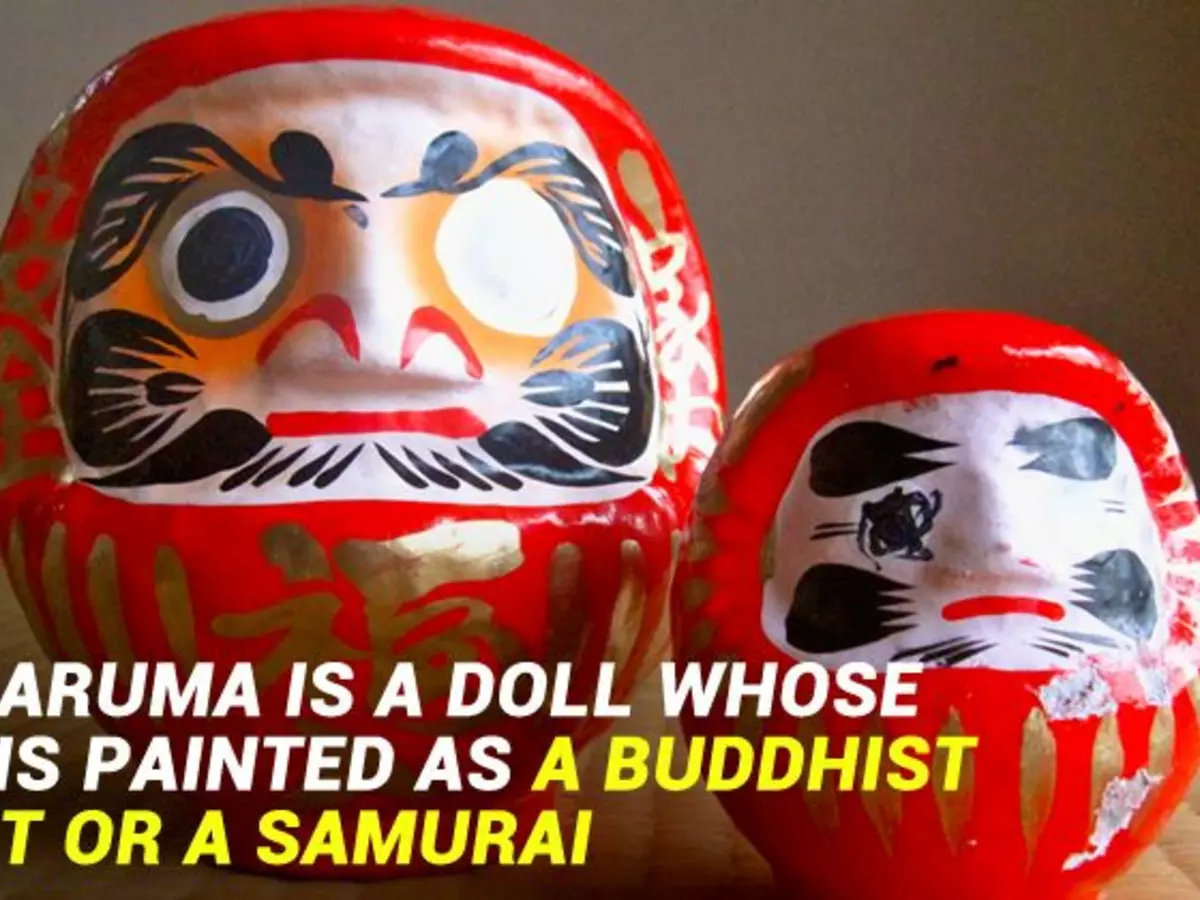8 Traditional Toys You Should Try Collecting On Your Travels Around The World
While we know that the Babushka doll is a popular Russian toy and the Teddy Bear is an American construct how familiar are we with traditional toys and dolls from other countries? We did a bit of research and here&rsquos what we found ourselves playing with: 1 Daruma Otoshi and Takos Japan. Takos are kites made out of handmade paper and bamboo.

While we know that the Babushka doll is a popular Russian toy, and the Teddy Bear is an American construct, how familiar are we with traditional toys and dolls from other countries? We did a bit of research and here's what we found ourselves playing with:
1. Daruma Otoshi and Takos, Japan
Made out of colourful wooden blocks, the Daruma is a doll whose face is painted as a Buddhist priest or a Samurai. Otoshi means to drop, so the idea is to knock off the centre blocks without letting the doll fall. A child can play with this toy alone, or with friends. The Daruma doll is also used as a good luck charm.

www.pinterest.com
Takos are kites made out of handmade paper and bamboo. They trace their origin to the Nara period in Japanese history, roughly around 649-794 AD. Each region has its own style and design for these kites. While in Tokyo, the kites were rectangular in shape, Nagoya prefecture makes kites shaped like insects.

www.illustrogrophy.com
2. Shuttlecock and Diabolo, China
The shuttlecock that we know is used in badminton, but in China it is common to see children playing with this feather toy. It is kicked around and the purpose is to not let it touch the ground. A good practice for the limbs, a large number of adults also enjoy playing with this toy.

www.pinterest.com
The diabolo is a Chinese hour-glass shaped yo-yo tied to a string, which is connected to two sticks. The game is about balancing the yo-yo between the sticks either by moving it up and down, or tossing it around. Renowned theatre group Cirque du Soleil uses this toy for its acrobatic performances.

www.chinadaily.com
3. Wooden Toys and Scopa Cards, Italy
Wooden toys have been created in Italy since the early 17th century. How can we forget Pinocchio? Establishments such as Bartolucci and Il leccio have been around for decades and make wooden items not just for recreational purposes, but also as decorative pieces.

www.pinterest.com
Scopa in Italian means broom, so the idea is to sweep away all the cards to win the game. The deck has 40 cards divided into four suits ¨C Coins, Cups, Swords and Baton. There are several patterns for the deck, however, the Piacentine deck is most used. Two, four, five and six people can play this game.

www.pinterest.com
4. Rag dolls and La Pinata, Mexico
Known as Marias, these braided rag dolls are made by local artists using natural resources. They are mostly found in touristy areas, but the more authentic ones come from the Mexican town of Amealco, where a large number of people derive their income from making these dolls. Marias are hand-stitched and have a smiling face.

www.etsy.com
The Pinata is more of a game that involves picking up a candy from a ceramic or cardboard container. But it's not as simple. The main player's eyes are covered with a cloth and he has to use his other senses to try and break the pi?ata (container).

www.wikipedia.com
5. Galimoto, Kenya
Extremely popular with kids in Kenya, this toy is made out of wires and other scrap material ¨C such as sticks, twigs and cornstalks. Fabric is wrapped around the wire to give it structure. These toys are mostly in the shape of vehicles and the children learn to craft them on their own.

www.inhabitots.com
6. Timber toys, Denmark and Sweden
Denmark gave the world a lot, but apart from the iconic brand Lego, it also manufactures timber toys. In fact it's not just Denmark, but the other Scandinavian countries as well. Little birds created by Danish architect Kristian Vedel in 1959 were an instant hit. Swedish brand Playsam makes timber toys such as aircrafts and streamliners which are more contemporary in design.

www.norwegian.com
7. Morocco
It's interesting to see that in this part of the world children use natural materials to make toys - clay, stone, pebbles, sticks and vegetables. The boys usually make vehicles, utensils and animals, and often times sell these toys to tourists. Flowers and leaves are used to make whistles and flutes. The girls make dolls out of snail shells and mud to build pretend houses.

www.sanaplaytoy.org
8. Lalka Motanka, Ukraine
The Motanka rag doll is a traditional hand-made toy from this country. It is representative of the goddess of fertility, Roshanytsa. Unlike rag dolls from other countries, the Motanka is cross-shaped and faceless. The cross on the face is symbolic of the positive energy inside the doll, while a cross stitch on the chest shows the unity of genders.

www.pinterest.com
Which toys would you have liked to play with?
